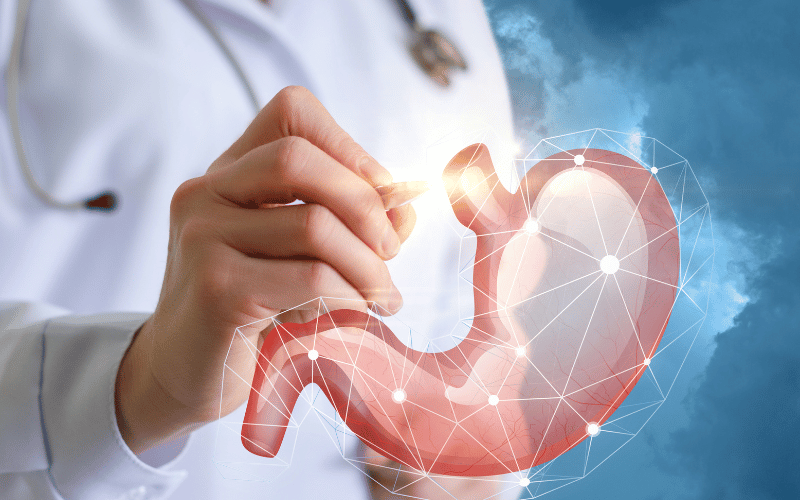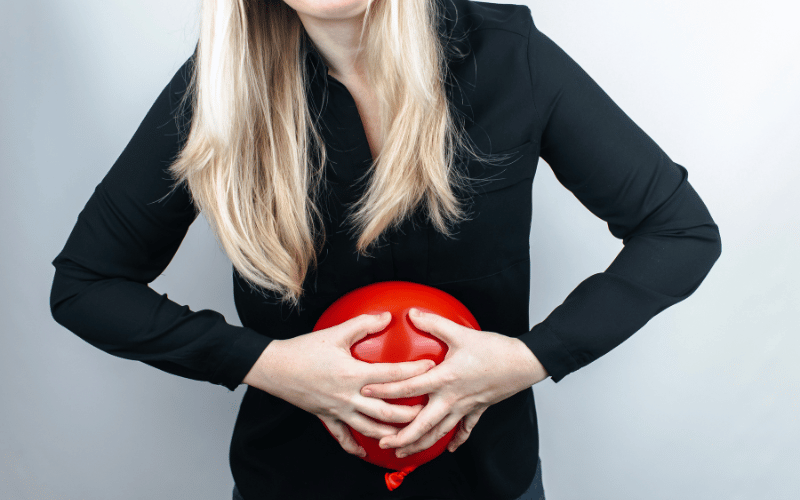Introduction: Digesting Dyspepsia: A Deeper Look into Indigestion in Women

Indigestion, colloquially termed as dyspepsia, has consistently remained an enigma in the realm of women’s health. This ailment doesn’t just stop at the occasional discomfort after a hearty meal or a little too much spice. For numerous women worldwide, dyspepsia signifies an ongoing challenge, peppered with moments of discomfort, uncertainty, and sometimes, even anguish.
The female body, with its intricate web of hormones, emotions, and physiological responses, is a unique landscape. When something as essential as digestion goes astray, it can cast a shadow over an individual’s entire wellbeing. And while the whispers of these symptoms often go unheard or misunderstood, acknowledging them is the first step to reclaiming one’s health and comfort.
Now, the question beckons: Why does indigestion seem to knock more frequently on a woman’s door? Is it the monthly dance of hormones, specific dietary habits, or simply the stress of juggling myriad roles in today’s frenzied world? Whatever the cause, understanding these symptoms, their triggers, and potential impacts is vital.
This article is a foray into the world of dyspepsia, shedding light on the ten most prevalent symptoms faced by women. It’s not just about identifying the signs, but also about equipping oneself with the knowledge to navigate them. After all, being in tune with one’s body is arguably the first line of defense against any health concern. And as the adage goes, knowledge is indeed power.
1. Bloating: The Uncomfortable Swelling

Bloating, an all-too-familiar feeling for many women, often feels like your stomach has grown in size. It’s the sensation of fullness, which can be both uncomfortable and embarrassing. Often, this symptom becomes more pronounced after eating certain foods, particularly those rich in fats or sugars. Many women even report needing to unbutton their pants or wear looser clothing to accommodate the distension.
What causes this ballooning sensation? It’s typically the result of excess gas production or disturbances in the movement of the muscles in the digestive system. These disturbances can be due to various factors, ranging from dietary choices to stress. However, it’s worth noting that in the context of dyspepsia, bloating often goes hand-in-hand with other symptoms.
This symptom isn’t just limited to the feeling of fullness. In some cases, bloating is accompanied by a visible increase in the size of the abdomen. Women may notice their belly looks rounded or “puffed out.” This physical manifestation can add another layer of distress, especially in social settings. (1)